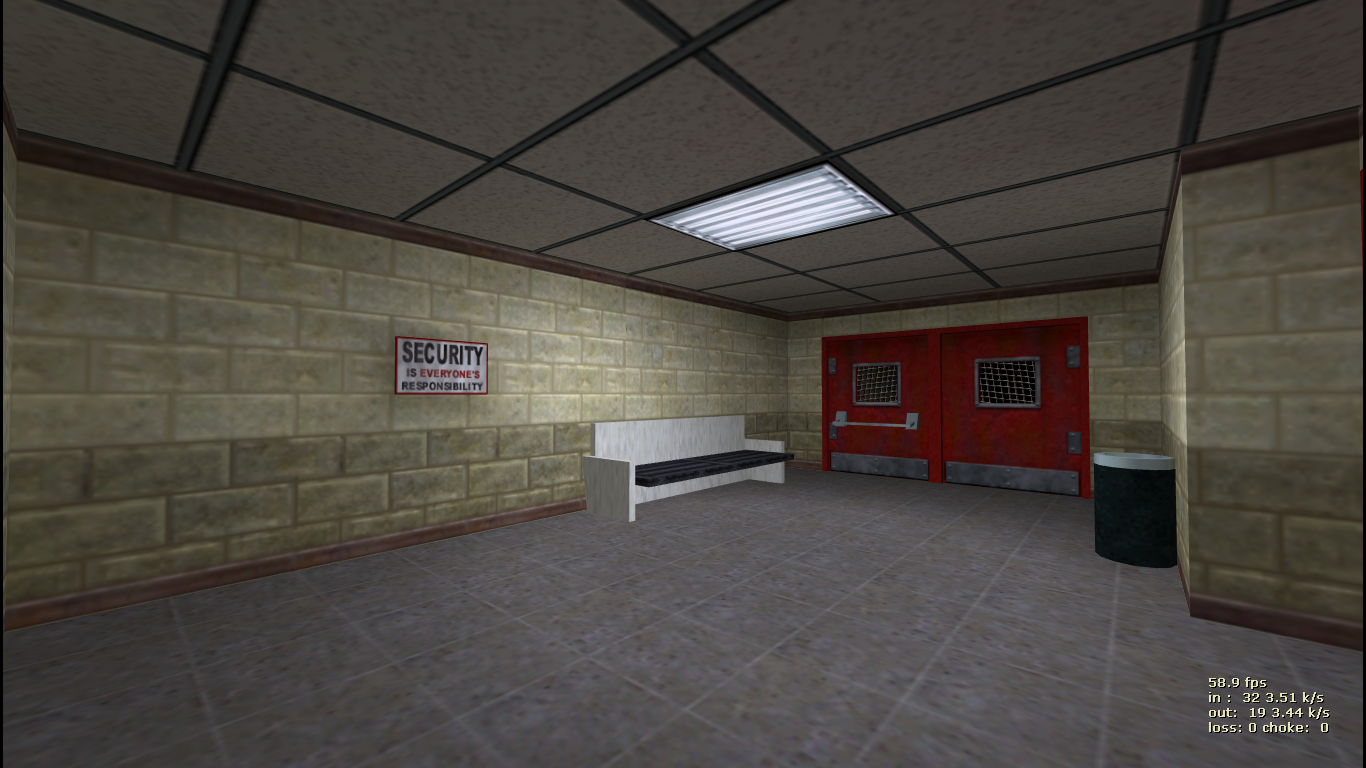
So the concentrationĪs a function of time. So you could have written, the concentration of cyclopropane at a certain time is equal to the initial concentration of cyclopropane, the initial concentrationĮ to the negative kt. Now, you didn't have to use this form of the integrated rate law. Our answer, ourĬoncentration of cyclopropane is. And then we need to take e to our answer. And to that, we're going toĪdd the natural log of. This was, let's see here, we have We have negative 6.7 times 10 to the negative four. Let's do all that math on the right side. And that would give us the concentration of cyclopropane after 1800 seconds. So if we exponentiate both sides, that gets rid of our natural log here. So we could exponentiate both sides to get rid of our natural logs. Alright, so, let's think about what we would do to solve for the concentration of cyclopropane.

Log of the initial concentration of cyclopropane.
#Half life calculus examples plus#
So 1800 seconds plus the natural log, the natural So if we multiply those two, minutes cancels out, so 30 times 60 gives me 1800 seconds. And since we have k in seconds, we have 30 minutes here. So this would be negative times 6.7 times 10 to the negative four. Is equal to k, is 6.7 times 10 to the negative four. Log of the concentration of cyclopropane, C three H six. Where k is the rate constant plus the natural log of the The concentraion of A at any time t is equal to the negative kt. Law, or one form of it, is the natural log of Since this is a first-order reaction, the integrated rate What is the concentration of cyclopropane after 30 minutes? Well, to solve for this concentration, we can use the integrated rate law that we found in an earlier video. Initial concentration of cyclopropane is. And so the rate constant is 6.7 times 10 to the negative 4 one over seconds. And we also found the rate constant at 500 degrees Celsius A bone is discovered which has 30 percent of the carbon-14 found in the bones of other living animals.- We've already looked at the conversion of cyclopropane to propene and shown that it's aįirst-order reaction.

Growth & Decay DerivationĬalculus Concepts Cont.
#Half life calculus examples how to#
To learn how to solve half-life problems.To derive the half-life equation using calculus.


 0 kommentar(er)
0 kommentar(er)
